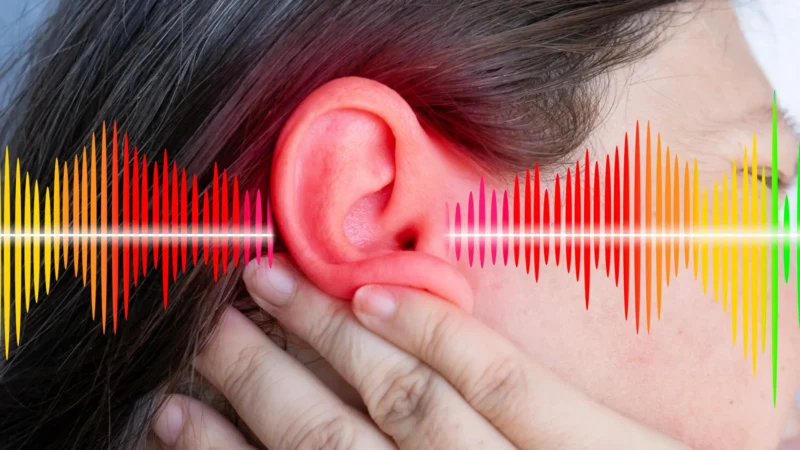Top Highlights
-
Groundbreaking Treatment: Gene therapy significantly improves hearing in children and adults with congenital deafness, showing positive results in all ten participants of a recent study by Karolinska Institutet.
-
Rapid Results: Patients experienced notable hearing recovery within a month of receiving a single injection delivering a functional OTOF gene, with sound perception improving from 106 to 52 decibels by the six-month follow-up.
-
Age Factor: The therapy yielded the best results in children aged 5-8, with one participant regaining near-full hearing ability, but it also proved effective for older individuals.
- Safe and Promising Future: The treatment was well-tolerated with no serious side effects reported, paving the way for future genetic therapies targeting other common deafness-related genes.
A Breakthrough in Gene Therapy
Recent advancements in gene therapy show promising results for individuals with congenital deafness and severe hearing impairment. A study published in a leading medical journal revealed that a single injection could restore hearing within weeks. Researchers from several institutions in China found that all ten participants experienced improved hearing after receiving treatment targeting the OTOF gene. This gene is vital for transmitting auditory signals from the ear to the brain.
Notably, the therapy involved delivering a functional version of the OTOF gene through a carefully designed adeno-associated virus. Remarkably, most patients demonstrated measurable improvements in hearing within just one month. Follow-up assessments six months later showed that the average volume of perceivable sound increased dramatically, highlighting the treatment’s positive impact.
Implications for Patients and Future Developments
The results from this study encourage optimism about future applications of gene therapy for broader populations. Children between five and eight years old showed the best results, with some regaining nearly all their hearing. However, the treatment also benefited adults, indicating its potential for diverse age groups. This dual-age success may pave the way for widespread adoption in clinical practices.
Importantly, the safety profile of this gene therapy supports its practicality. Researchers observed no serious adverse reactions, with the most common side effect being a temporary drop in a type of white blood cell. As medical practitioners follow these patients, they aim to understand the long-term effects and how this treatment can evolve. Researchers aspire to explore other genes linked to hearing loss, suggesting that this breakthrough marks just the beginning of a broader journey to restore hearing for many more individuals.
Continue Your Tech Journey
Stay informed on the revolutionary breakthroughs in Quantum Computing research.
Stay inspired by the vast knowledge available on Wikipedia.
TechV1

